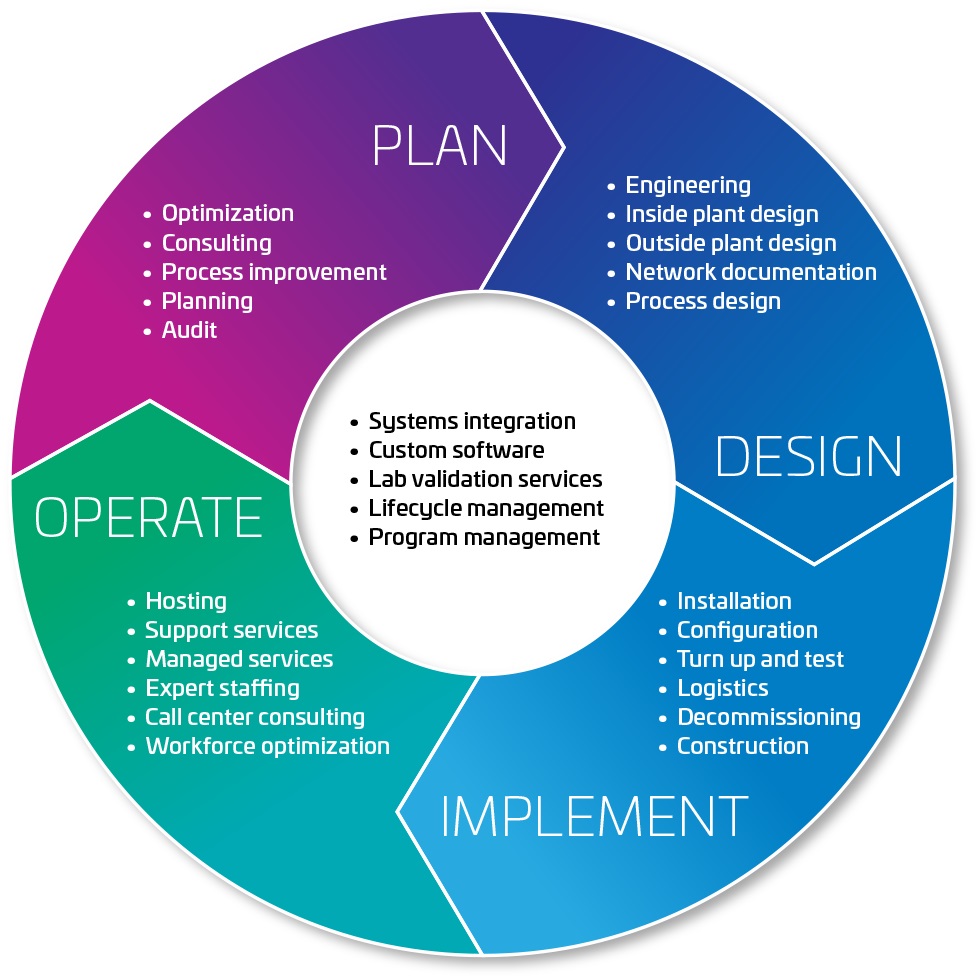This blog post is part of a series called “CommScope Definitions” in which we will explain common terms in communications network infrastructure.
Software Defined Network (SDN) is a relatively new approach to internet protocol (IP) switching and routing architectures used in data centers and now increasingly being applied to carrier networks. Let me explain it this way.
Imagine you are driving a car from point A to point B, where your car is similar to an IP packet going from server A to server B.
In a traditional network, the road signs tell you where to go–in a similar way the network of switches and routers will forward data packets through an IP network. However, these road signs (routing tables) may have been installed years ago, and do not adapt to changing reality. They have no knowledge of possible traffic jams or road works ahead, and no awareness of alternative routes to get you to point B quicker. In traditional networks updating the road signs is nearly impossible, you would need to send a crew to each intersection (i.e., each switch and router) to reconfigure them manually, a slow and expensive process.
The result is suboptimal use of the available road capacity and a poor driving experience.
Implementing SDN in a network is the equivalent of bringing in a central traffic command center directing self-driving cars. SDN controllers use real-time traffic information and remotely steer the cars at each intersection in real-time, throughout the network with no human intervention.
It also can give applications direct control over the traffic. For example, latency and jitter sensitive applications like voice over IP and gaming, can cruise through the network on fast carpool lanes, while non-critical downloads or data backups are directed to take the back roads.
This new level of dynamic control over the network improves performance and bandwidth. In the past, building bigger pipes (i.e., faster links) and over-dimensioning were reliable but expensive methods for relieving congestion. As the demand for bandwidth explodes, this approach is no longer sustainable. With SDN, choke points are reduced and network throughput is improved without resorting to widening the roads and highways.
Key Takeaway: SDN radically changes the network architecture by introducing concepts of centrally orchestrated networking, enabling agile traffic rerouting depending on network conditions, and making optimized use of the available capacity. Combined with Network Functions Virtualization (NFV), this is driving a major transformation within service providers. I will discuss NFV in my next blog.











